

Education is the main key to unlocking the full potentials of an area’s human resources for development. It creates awareness, enhances the understanding of situations and events and facilitates the infusion of innovations and new or improved technologies into the production system. These in turn help to improve productivity and overall production in all sectors of the local economy. In appreciation of this fact, many educational institutions have been established in the Dormaa Municipality.
Educational Attainment and Participation
The proportion of the Municipality population aged six years and above who has never been to school is 33%. This compares favourably with that of Brong-Ahafo Region (42%). Given the importance of education in both local and national development, the district has to consider the development of education as a major priority. Inspite of the fact that enrolment of the basic school level are quite high, many pupils begin to drop in their academic progression the gross enrolment rate for the 2005/2006 academic year in basic school is 81.4% whilst that of the second cycle is 32.8%.
A slightly higher percentage of females (51%) than males (49%) are currently in pre-school. However, the pattern changes to that of a higher percentage of males than females of each subsequent higher level after the pre-school level as indicated in figure below for instance, the percentage of females (48.6%) is lower than that of males (51%) at the primary school level. More that three –fourth (76.5%) of those currently in school are in the kindergarten and primary school, followed by those in JSS (17%).
The proportion of the population currently at post-basic level (6.5%) is the lowest. Though the participation rate of both sexes is encouraging, the drop-out rate among girls is more pronounced at all levels of academic progression. Incidences of drop-out rate especially among girls in the Municipality have been mainly attributed to the inability of parents to provide for the school needs of girls and their engagement in farming activities.
Education Infrastructure
The mere existence of schools is a vital determinant of access to education. The Municipality has 130 kindergartens, 171 Primary Schools, 99 Junior Secondary Schools, 6 Senior Secondary Schools and 2 Business/Vocational Schools. Most of the educational facilities (78%) are owned and managed by the government. In terms of location, the primary schools are the most widely distributed educational facilities in the district. Most of the communities have access to basic schools located either in the community or neighbouring community.
On the other hand, apart from Aboabo No.1 most of the post-basic schools (SSS and Business/Vocational Schools) are located in the only four urban centres of the district. The centres include Dormaa Ahenkro (4) Wamfie (1) Wamanafo (1) and Nkrankwanta (1). This scenario implies that students from the rural communities have to either relocate or to the towns or travel daily to centres to pursue their post-basic education.
As a result of difficulties this poses to them, many aspiring students leave school after their basic education at a higher rate. Further, most of the infrastructure of the basic schools in the district is in a dilapidated state. Although, most of the JSS and all the SSS have well-constructed buildings, not a single one of them has a workshop to facilitate technical trainings for students.
Again, there are very few number of libraries for the JSS Students to study during their free time. Poor sanitary facilities also pose a serious problem to most schools in the district. In both the urban and rural areas only 31 basic schools (both Primary and JSS) have access to toilets. Few of these schools have access to potable water facilities either in the form of boreholes or hand-pumps. Again, only few schools in the urban areas have electricity. The inadequacy of office space for teachers is also a mater of concern in the Municipality.
Despite the efforts made so far in the provision of school infrastructure, a lot more needs to be done to improve access to education in the district. More schools are particularly required in the communities where students walk long distances daily to nearby communities to attend school. Further, there is the need to improve the infrastructure of the existing schools to enable them deliver quality education.
Teacher-Pupil Ratio
The teacher-pupil ratio is an indication used to assess the adequacy or otherwise of teachers in relation to pupils. At present, the teacher-pupil ratio in the public schools in the Municipality does not completely differ from the national standard teacher-pupil ratios. This makes the classroom more conducive to teaching and learning as teachers would have enough time to address the individual academic problems of pupils and students.
Staffing
The Dormaa Municipality has a total number of 1,972 teachers. Out of this number, 883 (44.8%), are trained. Most of the untrained teachers 839 (77.0%) teach in the pre-school and primary school level. The large number of untrained teachers at the basic level together with low motivation for teachers and the unavailability of technical workshops to facilitate training has been largely attributed to the unsatisfactory performance of pupils in the Basic Education Certificate Examination in the district since 2000.
In 2000, out of a total ……………candidates that sat for the exams, only % passed. The percentage of students who passed went up to % in 2001. On the average, % of candidates in the Municipality passed the BECE from 2000 – 2005.
The Role of Private Sector in Education Delivery and Training
The private sector is also making great strides in augmenting the efforts of the government as far as Education and training is concerned. For instance, there are 44 Primary Schools, 22 Junior Secondary Schools, and 2 Vocational/Business Educational Institutions that are owned and managed by private individuals and religious organisations.
Skills and Entrepreneurial Development for the Youth
Aside the formal Vocational and Business Education Institutions, in the formal sector, many artisans and craftsmen and women have their own arrangement which they take up some of the youth in the district for training in their respective trades and crafts. By this, they complement the human resource development efforts of the formal education institutions.
Date Created : 11/16/2017 1:28:34 AM
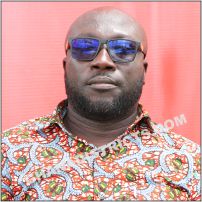


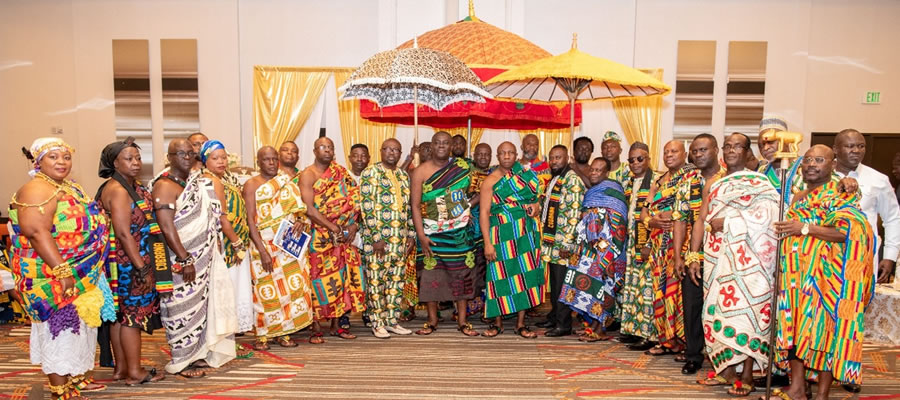

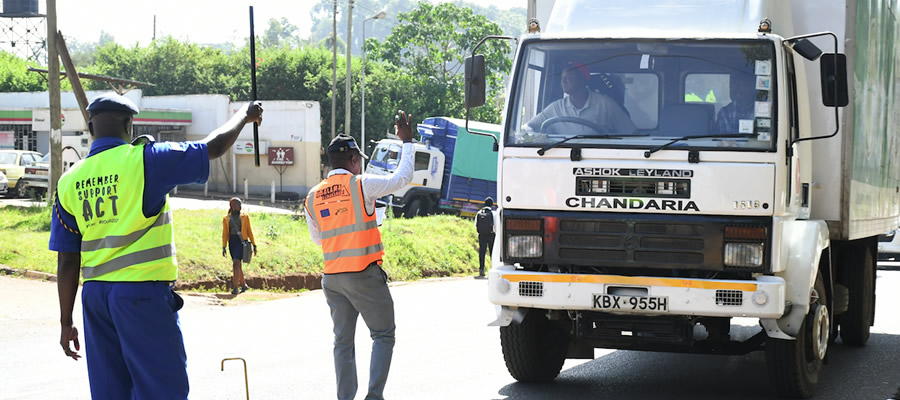
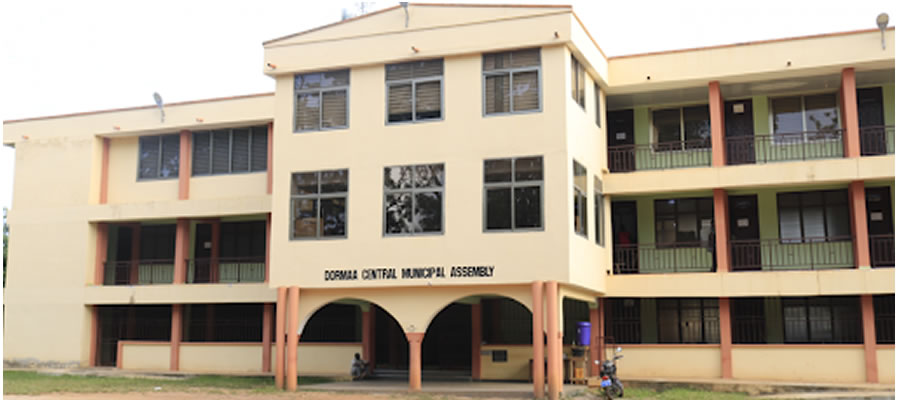
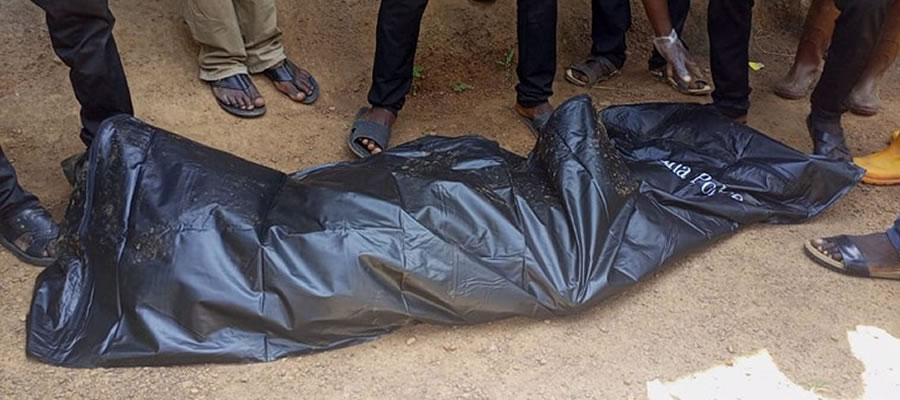

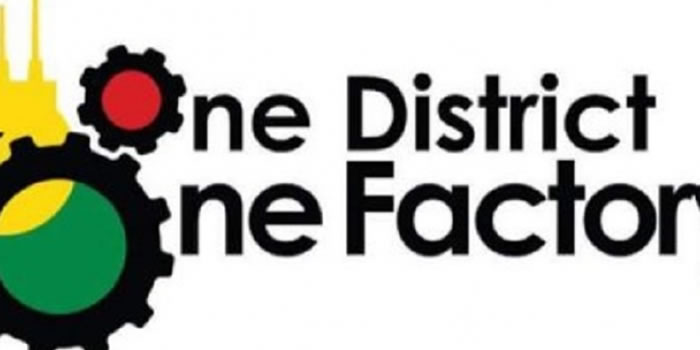


 facebook
facebook
 twitter
twitter
 Youtube
Youtube
 +233 593 831 280
+233 593 831 280 0800 430 430
0800 430 430 GPS: GE-231-4383
GPS: GE-231-4383 info@ghanadistricts.com
info@ghanadistricts.com Box GP1044, Accra, Ghana
Box GP1044, Accra, Ghana